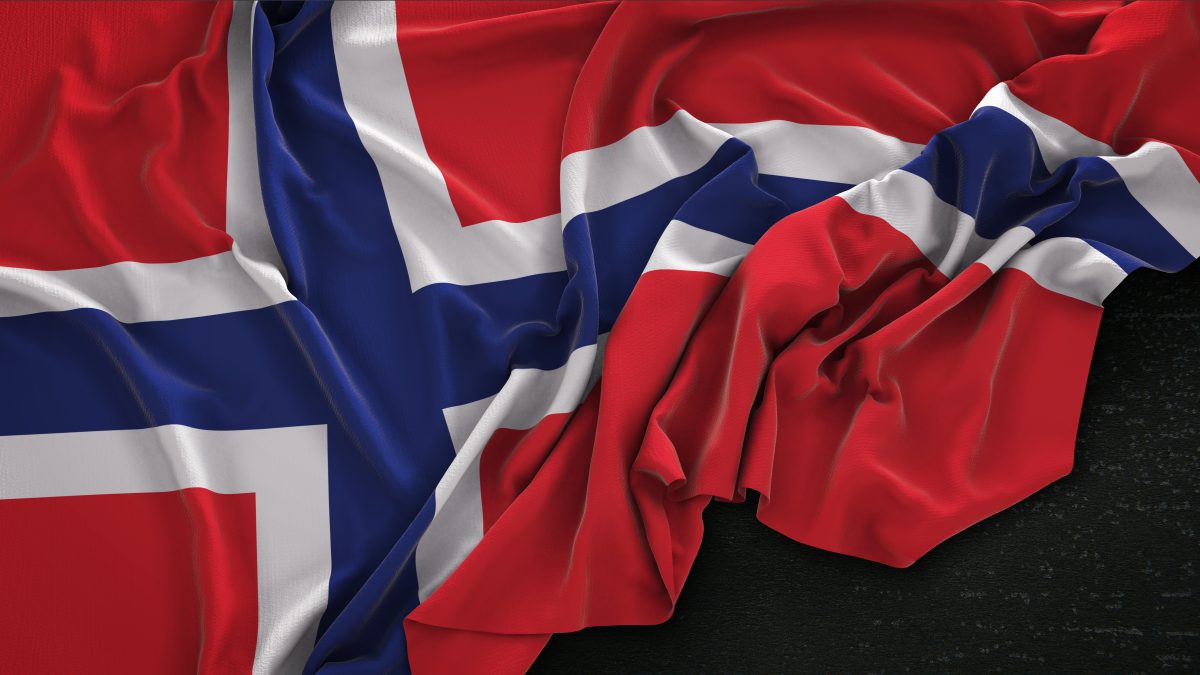Norway after the Parliamentary Election


Norway Flag Wrinkled On Dark Background 3D Render
Written by Thomas Berg Olsen, International Secretary, Høyre.
The September 13th Norwegian Parliamentary Elections brought a new majority. Erna Solberg’s minority government will continue until Labor Party leader Jonas Gahr Støre succeeds in forming a viable coalition. The Governing Conservative Party lost a total of nine seats in Parliament, whereas coalition partner Christian Democrats failed to meet the 4 percent threshold, thus being limited to a total of three seats for the next session. Solberg has vowed she will remain party leader and is motivated to lead the Conservatives at its next attempt to form a government in 2025.
On the eve of the election, Solberg admitted that her party would need “a miracle” to secure a second reelection, something which would have been unprecedented in Norwegian political history. The fact that The Conservative Party still garnered just above 20 percent support, shows that her popularity is still strong in the electorate.
Although Støre’s Labor party lost some support, a strong showing for the Center Party flipped the balance of power to the left. Polls earlier this year had the Center Party at record high support, which since dropped, but not enough to flip the net balance back to the Conservatives.
A record number of early votes was not mirrored by the final turn-out, which was somewhat low by Norwegian standards. The election campaign centered on questions of social inequality and climate, with the future of the vital Norwegian petroleum industry on the line. Results from the indicative High School elections, as well as a disappointing showing for the Greens in the actual elections, shows that voters were motivated by many different concerns – it was not a “climate election” alone, as many commentators anticipated.
Støre was originally seeking a majority option for his Labor-led government, together with the Socialists and the Center Party. The three formed a government from 2005-2013, but the Center Party – bolstered by newly found conservative constituents – were far more reluctant this time to enter government with the socialists. On Wednesday September 29th, preparatory negotiations between the three parties broke down, leaving only the Labor Party and the Center Party at discussions, this time for a minority coalition option.
The King opened the 166th parliament on Monday October 11th. On Tuesday 12th the next year’s budget was presented and on Thursday 14th Solberg’s outgoing government appointed the new prime minister and ministers in a meeting at the palace. A record long 8 years of conservative led government was over for this time.